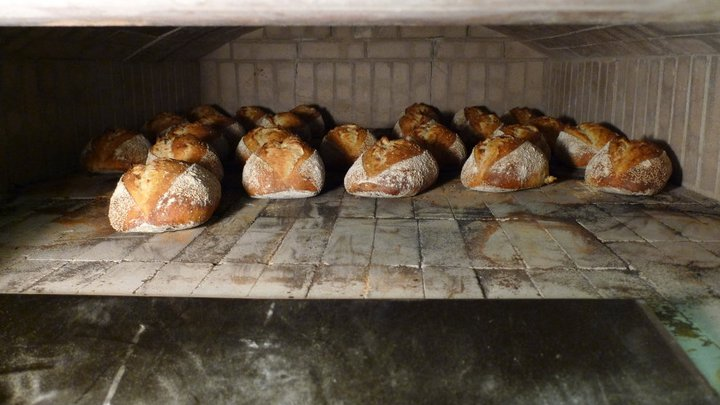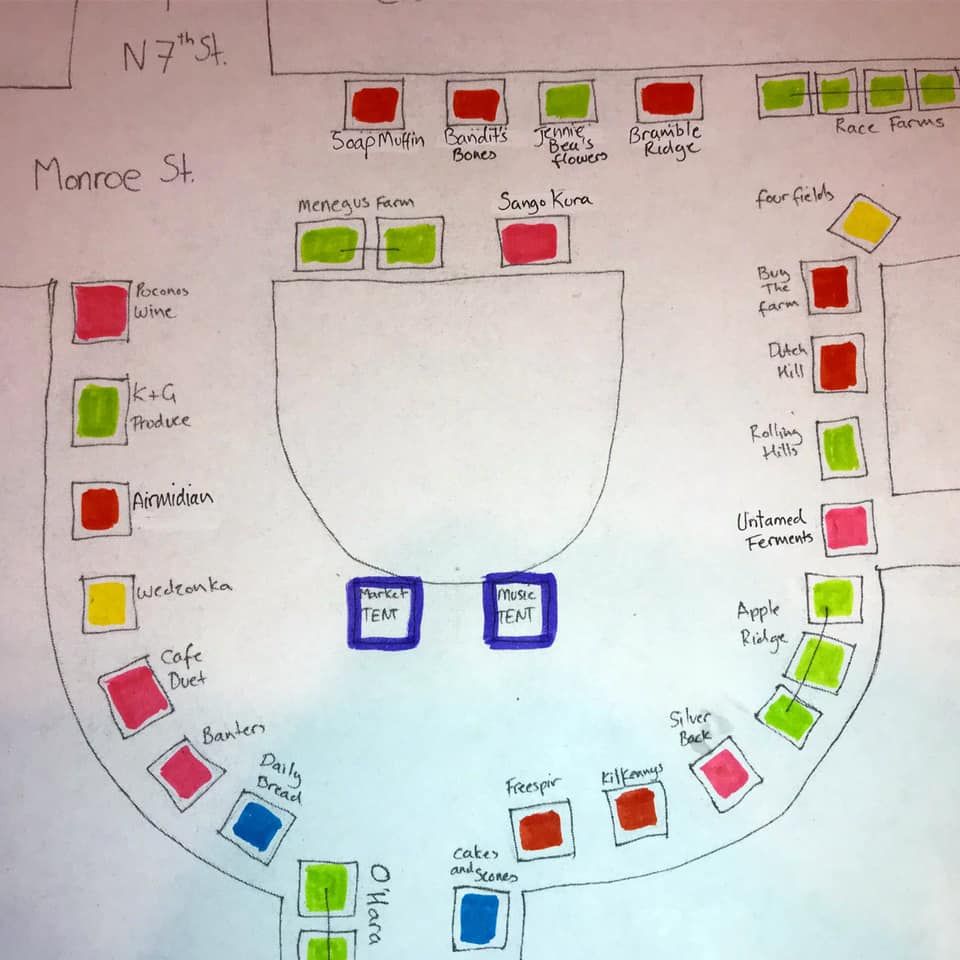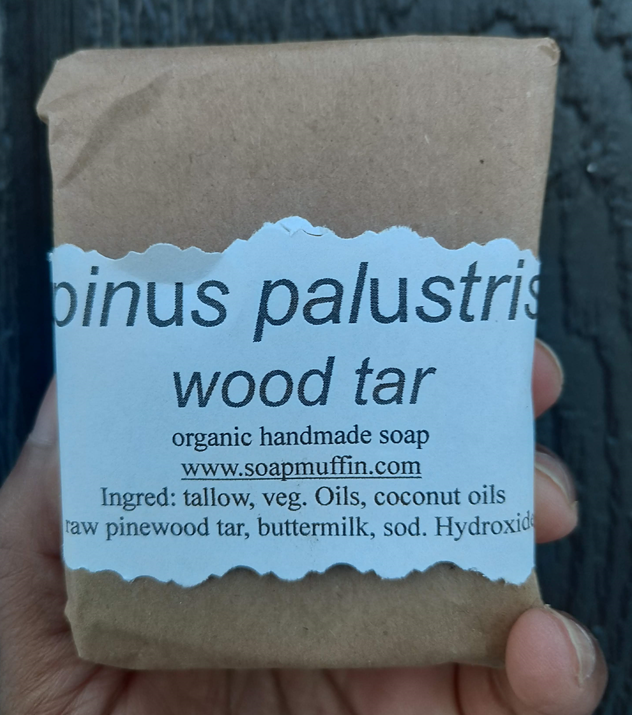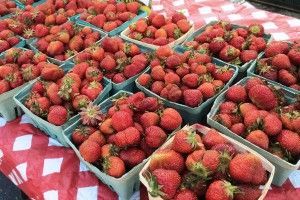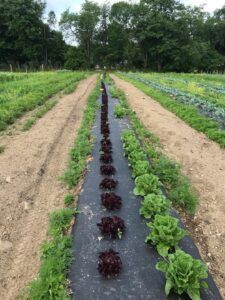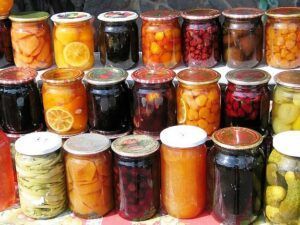More Honey Please!
I remember my first trip to an apiary in California. I was excited to see how bees lived and how they made honey but knew very little about it. After a quick educational lecture about bees, honeycomb and honey, the bee farmer gave me a spoon filled with delicious, raw, unfiltered honey. That was the moment that I realized what I’ve been missing all along. There is no comparison for real honey!
Delicious in tea, over cakes, over ice cream and an excellent antibacterial agent, honey is a must-have for every home. Today, I get my honey from Bramble Ridge Honey Farm. Pamela, a representative of Bramble Ridge, tell us about her Apiary.
“At the beginning of the fall/winter season, when the outside temperatures fall below 57 degrees Fahrenheit, honeybees form a cluster, basically a ball of bees, inside their hive.
The cluster of bees starts near the bottom of the hive. As winter progresses, the cluster moves its way upward through the hive, eating their stored honey as they move.
In the center of the honeybee cluster is the queen bee. The honeybees making up the outside layer of the cluster form an insulation around all the other bees. Honeybees INSIDE the cluster vibrate their wing muscles, which produces heat and warms the cluster. The center of a winter cluster of honeybees is always about 95 degrees Fahrenheit!
As the honeybees making up the outer insulation layer of the cluster become chilled, the bees from inside the cluster move to the outside and push their sisters in towards the warmer center.
The honeybees work as a single unit, keeping the queen safe, and equally sharing their warmth and their honey with all of their sisters. Ideally, when they reach the top of the hive, and have eaten their honey stores, spring arrives!
Fun Fact: Honeybees do not defecate inside the hive. On warmer winter days, they take short ‘cleansing flights.”
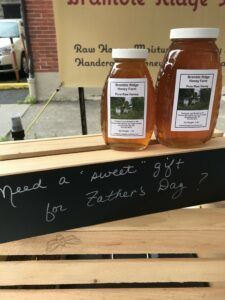
For more information, please visit Bramble Ridge Honey Far


